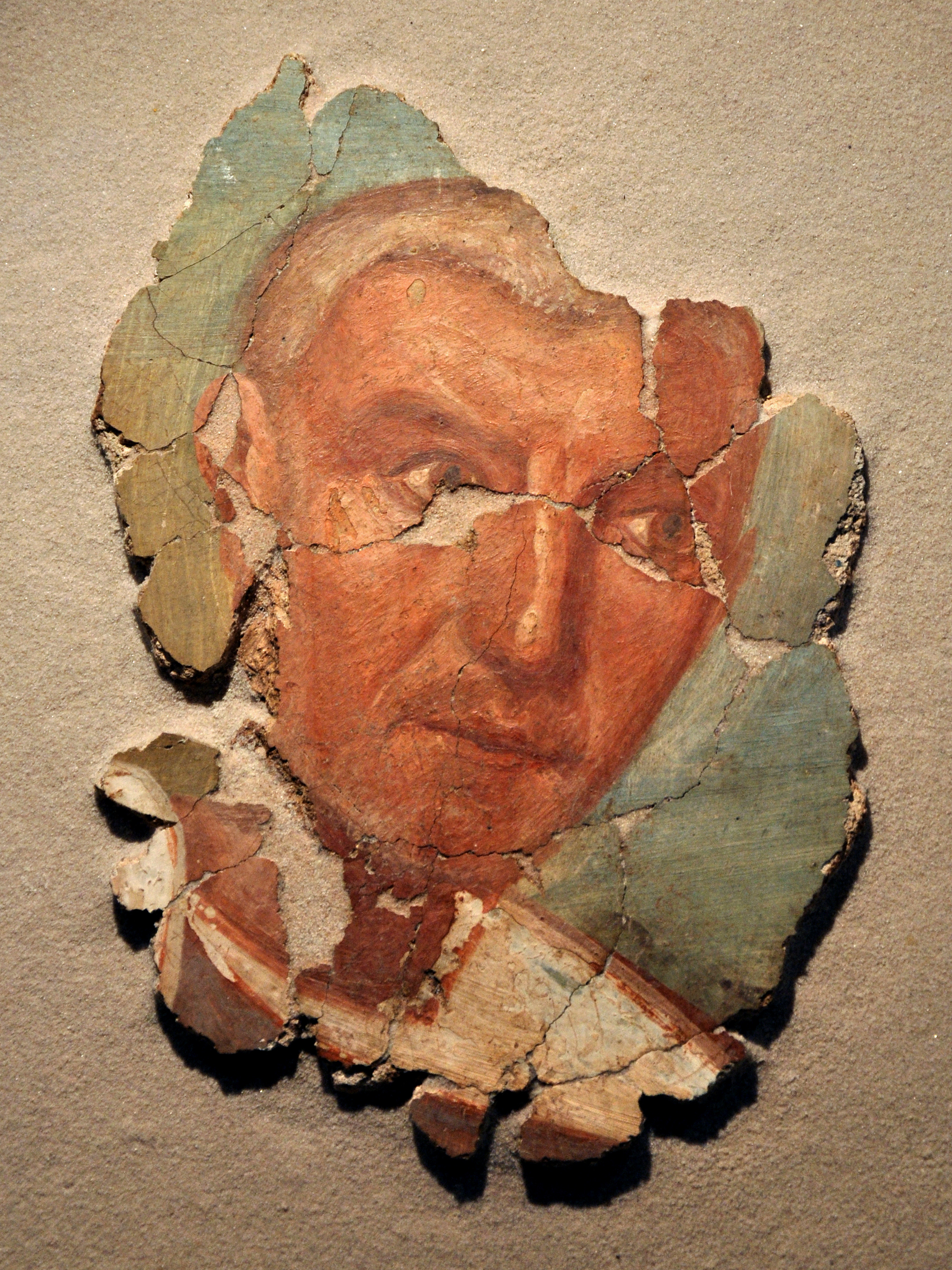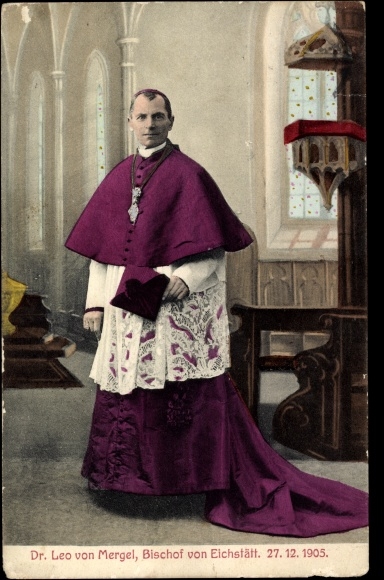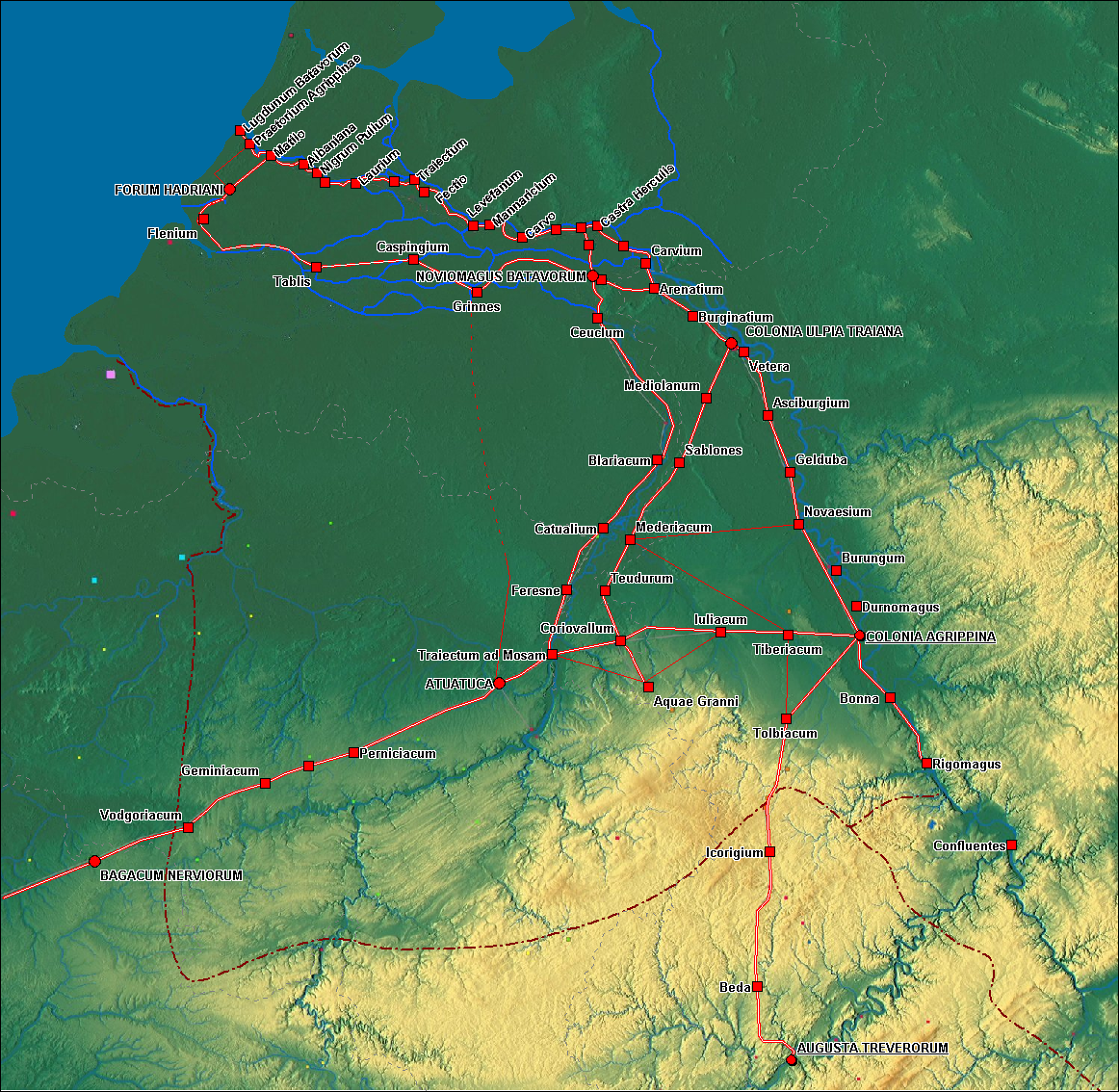|
Cope
A cope ( ("rain coat") or ("cape")) is a liturgical long mantle or cloak, open at the front and fastened at the breast with a band or clasp. It may be of any liturgical colour. A cope may be worn by any rank of the Catholic or Anglican clergy, and by licensed lay ministers on certain occasions. If worn by a bishop, it is generally accompanied by a mitre. The clasp, which is often highly ornamented, is called a ''morse''. In art, angels are often shown wearing copes, especially in Early Netherlandish painting. History There has been little change in the character of the cope since it was first worn by the clergy. It was made of a semicircular piece of silk or other material, its shape distinguishing it from the chasuble, which had straight edges sewn together in front. Both garments are similar in form and origin to the Orthodox phelonion. Modern copes no longer have a hood. Some early examples feature a triangular hood, which was intended to protect the head during proc ... [...More Info...] [...Related Items...] OR: [Wikipedia] [Google] [Baidu] |
Chasuble
The chasuble () is the outermost liturgical vestment worn by clergy for the celebration of the Eucharist in Western-tradition Christian churches that use full vestments, primarily in Roman Catholic, Anglican, and Lutheran churches. In the Eastern Orthodox Churches and in the Eastern Catholic Churches, the equivalent vestment is the phelonion. "The vestment proper to the priest celebrant at Mass and other sacred actions directly connected with Mass is, unless otherwise indicated, the chasuble, worn over the alb and stole" (''General Instruction of the Roman Missal'', 337). Like the stole, it is normally of the liturgical colour of the Mass being celebrated. Origins The chasuble originated as a sort of conical poncho, called in Latin a paenula or casula or "little house", that was the common outer traveling garment in the late Roman Empire. It was simply a roughly oval piece of cloth, with a round hole in the middle through which to pass the head, that fell below the knees o ... [...More Info...] [...Related Items...] OR: [Wikipedia] [Google] [Baidu] |
Gallo-Roman
Gallo-Roman culture was a consequence of the Romanization (cultural), Romanization of Gauls under the rule of the Roman Empire in Roman Gaul. It was characterized by the Gaulish adoption or adaptation of Roman culture, Roman culture, language, morals and way of life in a uniquely Gaulish context. The well-studied meld of cultures in Gaul gives historians a model against which to compare and contrast parallel developments of Romanization in other less-studied Roman provinces. ''Interpretatio romana'' offered Roman names for Gaulish religion, Gaulish deities such as the smith-god Gobannus; however, of the Celtic deities, only the horse-patroness Epona penetrated Romanized cultures beyond the confines of Gaul. The Migration Period, barbarian invasions began in the late 3rd century and forced upon Gallo-Roman culture fundamental changes in politics, economic underpinning and military organization. The Visigothic Kingdom, Gothic settlement of 418 offered a double loyalty, as Weste ... [...More Info...] [...Related Items...] OR: [Wikipedia] [Google] [Baidu] |
Liturgy Of The Hours
The Liturgy of the Hours (), Divine Office (), or ''Opus Dei'' ("Work of God") are a set of Catholic prayers comprising the canonical hours, often also referred to as the breviary, of the Latin Church. The Liturgy of the Hours forms the official set of prayers "marking the hours of each day and sanctifying the day with prayer." The term "Liturgy of the Hours" has been retroactively applied to the practices of saying the canonical hours in both the Christian East and West–particularly within the Latin liturgical rites–prior to the Second Vatican Council, and is the official term for the canonical hours promulgated for usage by the Latin Church in 1971. Before 1971, the official form for the Latin Church was the '' Breviarium Romanum'', first published in 1568 with major editions through 1962. The Liturgy of the Hours, like many other forms of the canonical hours, consists primarily of psalms supplemented by hymns, readings, and other prayers and antiphons prayed at fixe ... [...More Info...] [...Related Items...] OR: [Wikipedia] [Google] [Baidu] |
Choir Dress
Choir dress is the traditional vesture of the clerics, seminary, seminarians and religious order, religious of Christian churches worn for public prayer and the administration of the sacraments except when celebrating or Concelebration, concelebrating the Eucharist. It differs from the vestments worn by the celebrants of the Eucharist, being normally made of fabrics such as wool, cotton or silk, as opposed to the fine brocades used in vestments. It may also be worn by lay assistants such as acolytes and choirs. It was abandoned by most of the Protestant churches that developed from the sixteenth-century Reformation. Like vestments, Eucharistic vestments, choir dress derived originally from the formal secular dress of the Roman Empire in the first centuries of the Christian era. This survived in church usage after fashion had changed. Choir dress differs from "house dress," which is worn outside of a liturgical context (whether in the house or on the street). House dress may ... [...More Info...] [...Related Items...] OR: [Wikipedia] [Google] [Baidu] |
Saint-Riquier
Saint-Riquier (; ) is a commune in the Somme department in Hauts-de-France in northern France. Geography The commune is situated northeast of Abbeville, on the D925 and D32 crossroads. Abbey Saint-Riquier (originally ''Centula'' or ''Centulum'') gained fame for its abbey, founded about 625 by Riquier (Richarius), son of the governor of the town, when the town was within Austrasia in the Merovingian Kingdom. It was enriched by King Dagobert I and prospered in the early 9th century Carolingian Empire under the abbacy of Angilbert, son-in-law of Charlemagne. In the year 881 Northmen burned the abbey and destroyed much of what was Centula. The monastery was rebuilt in the Middle Ages on a smaller scale. The abbey was part of the diocese of Amiens in Ponthieu. The early counts of Ponthieu originally were styled ''advocatus'' of the abbey of Saint Riquier and "castellan" of Abbeville. The counts of Ponthieu enrolled their younger sons who were going into religious vocations ... [...More Info...] [...Related Items...] OR: [Wikipedia] [Google] [Baidu] |
Mass (liturgy)
Mass is the main Eucharistic liturgical service in many forms of Western Christianity. The term ''Mass'' is commonly used in the Catholic Church, Western Rite Orthodoxy, Old Catholicism, and Independent Catholicism. The term is also used in many Lutheran churches, as well as in some Anglican churches, and on rare occasion by other Protestant churches. Other Christian denominations may employ terms such as '' Divine Service'' or '' worship service'' (and often just "service"), rather than the word ''Mass''. For the celebration of the Eucharist in Eastern Christianity, including Eastern Catholic Churches, other terms such as ''Divine Liturgy'', ''Holy Qurbana'', ''Holy Qurobo'' and ''Badarak'' (or ''Patarag'') are typically used instead. Etymology The English noun ''Mass'' is derived from the Middle Latin . The Latin word was adopted in Old English as (via a Vulgar Latin form ), and was sometimes glossed as ''sendnes'' (i.e. 'a sending, dismission'). The Latin term itself w ... [...More Info...] [...Related Items...] OR: [Wikipedia] [Google] [Baidu] |
Alcuin
Alcuin of York (; ; 735 – 19 May 804), also called Ealhwine, Alhwin, or Alchoin, was a scholar, clergyman, poet, and teacher from York, Northumbria. He was born around 735 and became the student of Ecgbert of York, Archbishop Ecgbert at York. At the invitation of Charlemagne, he became a leading scholar and teacher at the Carolingian dynasty, Carolingian court, where he remained a figure in the 780s and 790s. Before that, he was also a court chancellor in Aachen. "The most learned man anywhere to be found", according to Einhard's ''Vita Karoli Magni, Life of Charlemagne'' (–833), he is considered among the most important intellectual architects of the Carolingian Renaissance. Among his pupils were many of the dominant intellectuals of the Carolingian era. Alcuin wrote many theological and dogmatic treatises, as well as a few grammatical works and a number of poems. In 796, he was made abbot of Marmoutier Abbey, Tours, Marmoutier Abbey, in Tours, where he worked on perfecti ... [...More Info...] [...Related Items...] OR: [Wikipedia] [Google] [Baidu] |
Cowl
A cowl is an item of clothing consisting of a long, hooded garment with wide sleeves, often worn by monks. It was developed during the Early Middle Ages. The term may have originally referred to the hooded portion of a cloak, though contemporary usage refers to an entire closed garment. A cowl is traditionally bestowed upon the monk at the time of making solemn, or lifetime, profession. Today, it is worn primarily by most Catholic and Anglican monks when participating in liturgical services. Description Developed during the Early Middle Ages, the cowl became the formal garment for those in monastic life. Both St. Jerome and John Cassian refer to it as part of a monk's dress. In modern times, it is worn over the habit during liturgical services. Originally, ''cowl'' may have referred simply to the hooded portion of a cloak. In contemporary usage, however, it is distinguished from a cloak or cape (''cappa'') by the fact that it refers to an entire closed garment consist ... [...More Info...] [...Related Items...] OR: [Wikipedia] [Google] [Baidu] |
Monk
A monk (; from , ''monachos'', "single, solitary" via Latin ) is a man who is a member of a religious order and lives in a monastery. A monk usually lives his life in prayer and contemplation. The concept is ancient and can be seen in many religions and in philosophy across numerous cultures. The Greek word for "monk" may be applied to men or women. In English, however, "monk" is applied mainly to men, while ''nun'' is typically used for female monastics. Although the term ''monachos'' is of Christianity, Christian origin, in the English language ''monk'' tends to be used loosely also for both male and female ascetics from other religious or philosophical backgrounds. However, being generic, it is not interchangeable with terms that denote particular kinds of monk, such as cenobite, hermit, anchorite, or Hesychasm, hesychast. Traditions of Christian monasticism exist in major Christian denominations, with religious orders being present in Catholicism, Lutheranism, Oriental Ort ... [...More Info...] [...Related Items...] OR: [Wikipedia] [Google] [Baidu] |
Franks
file:Frankish arms.JPG, Aristocratic Frankish burial items from the Merovingian dynasty The Franks ( or ; ; ) were originally a group of Germanic peoples who lived near the Rhine river, Rhine-river military border of Germania Inferior, which was the most northerly province of the Roman Empire in continental Europe. These Frankish tribes lived for centuries under varying degrees of Roman hegemony and influence, but after the collapse of Roman institutions in western Europe they took control of a large empire including areas which had been ruled by Rome, and what it meant to be a Frank began to evolve. Once they were deeply established in Gaul, the Franks became a multilingual, Catholic Christian people, who subsequently came to rule over several other post-Roman kingdoms both inside and outside the old empire. In a broader sense much of the population of western Europe could eventually described as Franks in some contexts. The term "Frank" itself first appeared in the third cent ... [...More Info...] [...Related Items...] OR: [Wikipedia] [Google] [Baidu] |
Charlemagne
Charlemagne ( ; 2 April 748 – 28 January 814) was List of Frankish kings, King of the Franks from 768, List of kings of the Lombards, King of the Lombards from 774, and Holy Roman Emperor, Emperor of what is now known as the Carolingian Empire from 800, holding these titles until his death in 814. He united most of Western Europe, Western and Central Europe, and was the first recognised emperor to rule from the west after the fall of the Western Roman Empire approximately three centuries earlier. Charlemagne's reign was marked by political and social changes that had lasting influence on Europe throughout the Middle Ages. A member of the Frankish Carolingian dynasty, Charlemagne was the eldest son of Pepin the Short and Bertrada of Laon. With his brother, Carloman I, he became king of the Franks in 768 following Pepin's death and became the sole ruler three years later. Charlemagne continued his father's policy of protecting the papacy and became its chief defender, remo ... [...More Info...] [...Related Items...] OR: [Wikipedia] [Google] [Baidu] |







